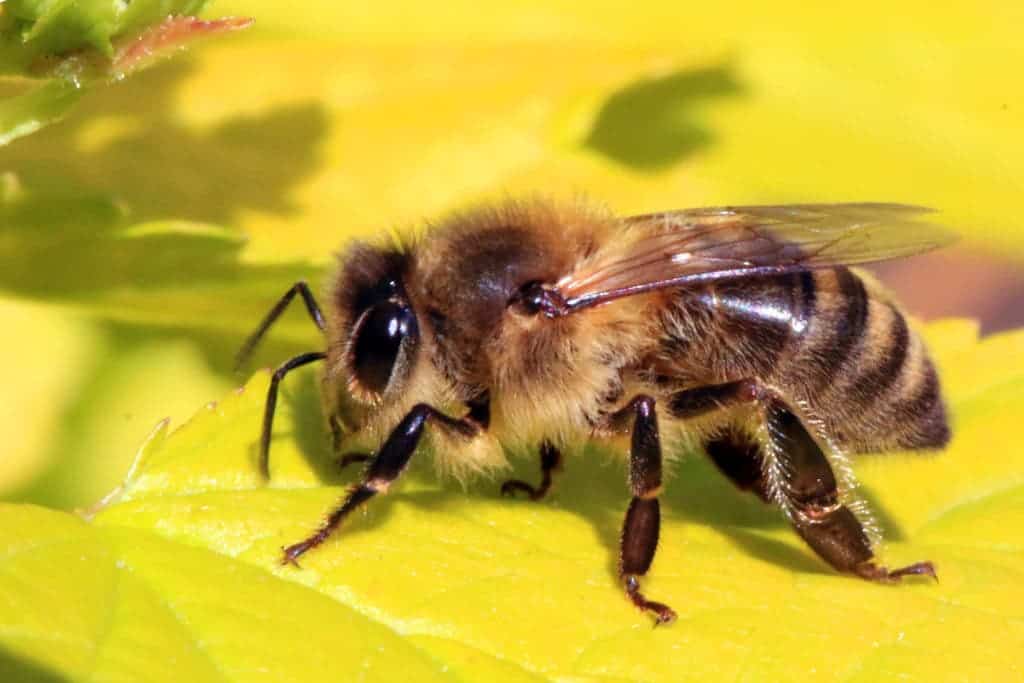In a landmark decision, the European Union (EU) has announced a near-total neonicotinoids ban. Neonicotinoids, the most widely used class of insecticides in the world, have long been shown to hurt bee populations.
Study after study has shown that pesticides (neonicotinoids in particular) hurt bee populations, as well as other insects, worms, and even birds. Although studies have consistently reported this issue, authorities have been slow to implement measures to protect honeybees, largely because the pesticides are so cheap and effective. Now, despite strong interventions and lobby from the industry, EU officials have instituted a ban on neonicotinoids which will come into force by the end of the year. While the EU has taken some steps to protect bee populations from the harmful effects of pesticides, it’s the first time such a wide-scale ban has been approved.
“Member states’ representatives have endorsed a proposal by the European Commission to further restrict the use of three active substances … for which a scientific review concluded that their outdoor use harms bees,” the European Commission said in a statement.
A partial ban has already been in place, and now, an expert panel of representatives from the European Union’s 28 member states has ruled the wider ban implementation. The approved ban falls over three substances: imidacloprid (which is developed by Germany’s Bayer CropScience), clothianidin (also created by Bayer CropScience, as well as Japan’s Takeda Chemical Industries), and thiamethoxam (from Switzerland’s Syngenta). All outdoor usages of the substances will be banned — they will be allowed only in closed greenhouses.
Much like the industrial companies, many farmers have also complained about the ban, claiming that it will serve to lower production. But the panel followed the scientific evidence, focusing on the environmental damage rather than on the production output and short-term economic benefits. Symbolically, this could usher in a new age, where sustainable practices and environmental safety are placed on the same pedestal as profits.
“The Commission had proposed these measures months ago, on the basis of the scientific advice from the European Food Safety Authority,” said EU Commissioner for Health and Food Safety, Vytenis Andriukaitis.
“Bee health remains of paramount importance for me since it concerns biodiversity, food production and the environment.”
Meanwhile, environmental groups have been extremely supportive of the decision.
“It’s a significant indication that we need a different form of farming across Europe that farms with nature and not against it,” said Sandra Bell from Friends of the Earth.
“The ban on neonicotinoids could be a really important step towards a more general questioning of the use of pesticides and the harm they are doing to our environment.”
Neonicotinoids, which are nerve agents, significantly hurt bees, reducing their ability to fight off diseases and causing them to become disoriented. As a result, the pesticides have also been linked to colony collapse disorder and it’s quite likely that we’ve only uncovered some of the damage they’re causing. A recent, study revealed that 75% of all flying insects have disappeared in Germany in the past 25 years — with the exact causes of this ecological Armageddon being unclear. Unlike other pesticides which remain on the surface of the plant, neonicotinoids seep inside the plant. This means that while they are effective at killing off some pests, they are also having unwanted effects on the rest of the environment.
Bees provide irreplaceable environmental services. Pollination helps at least 30 percent of the world’s crops and up to 90 percent of our wild plants to thrive. Without pollinators, and especially bees to spread seeds, many plants (including food crops) wouldn’t be able to survive.










